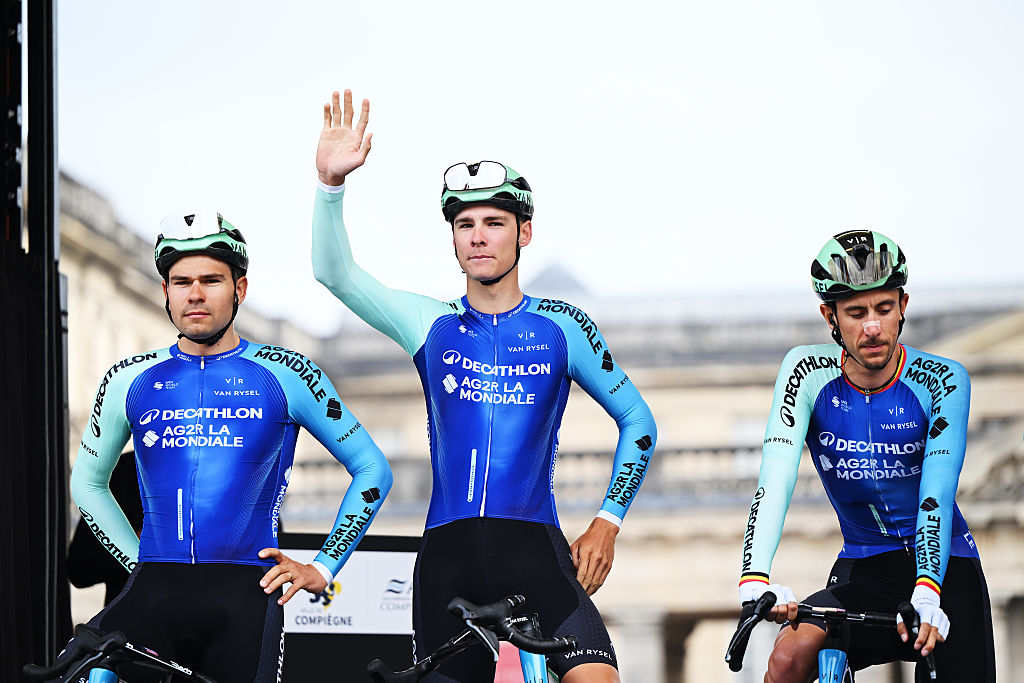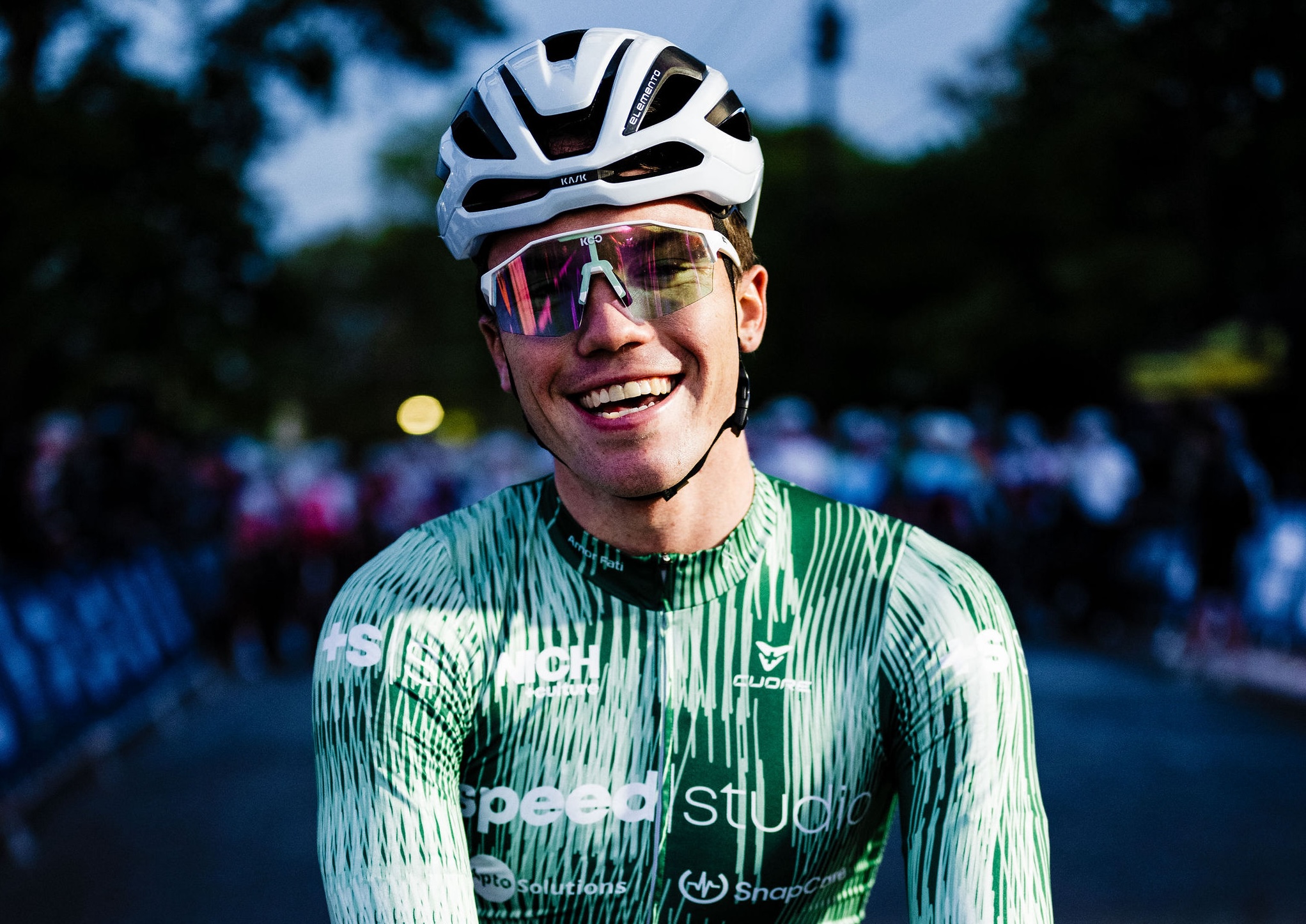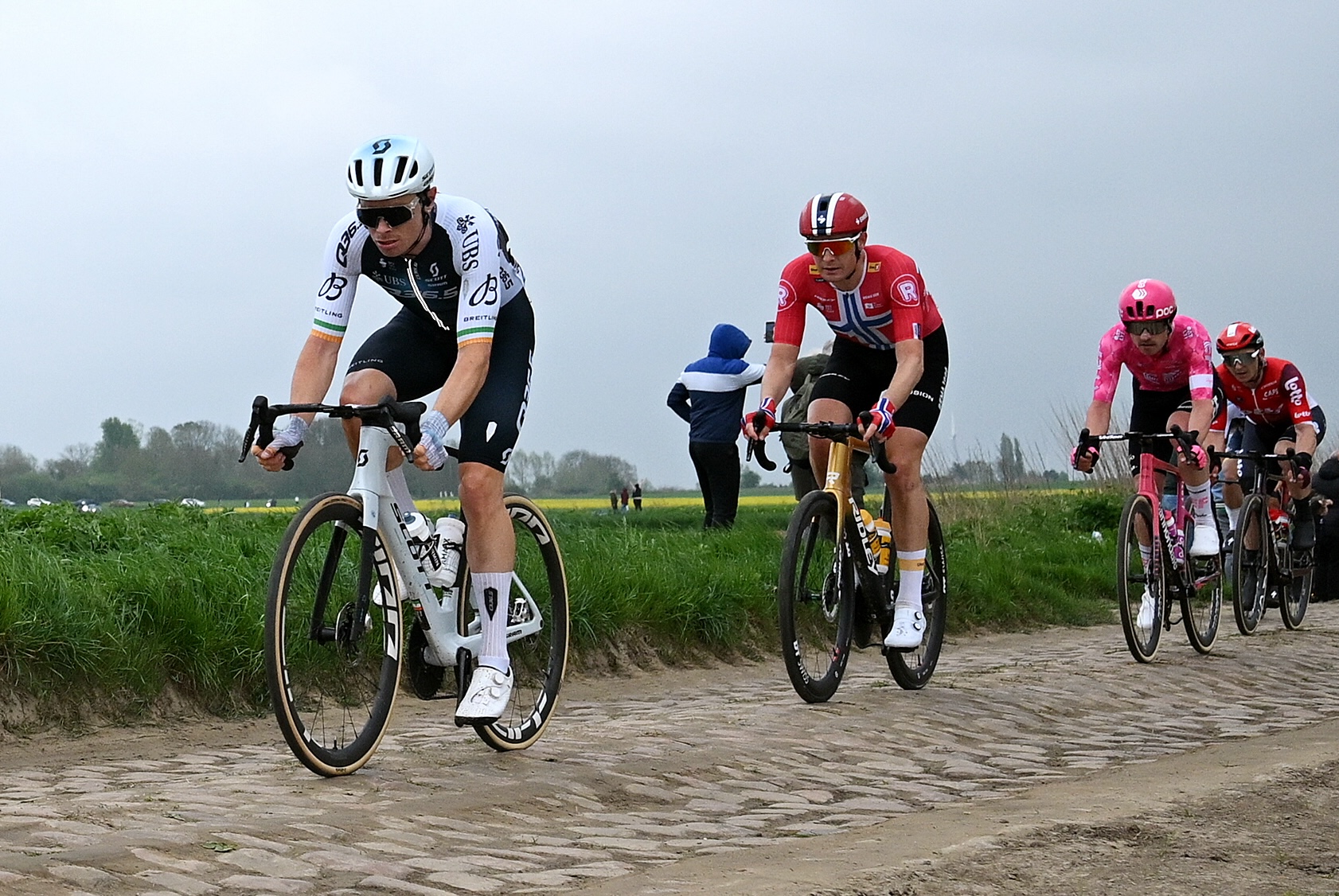Paris-Roubaix 2011 Preview
Can Superman bounce back?
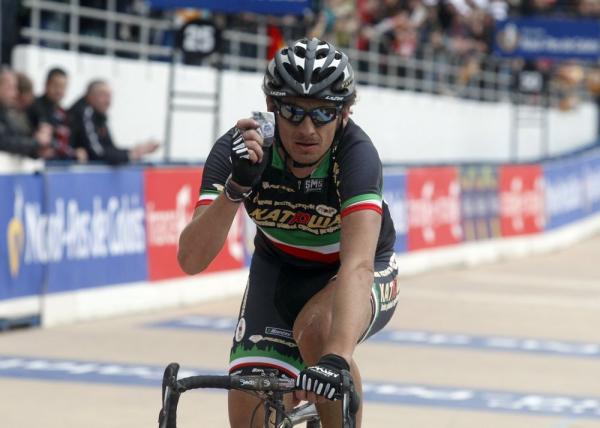
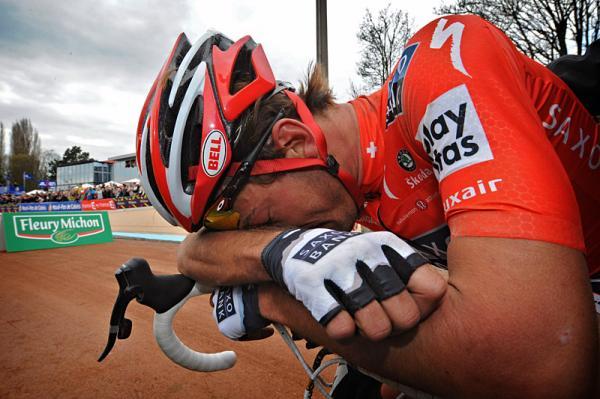
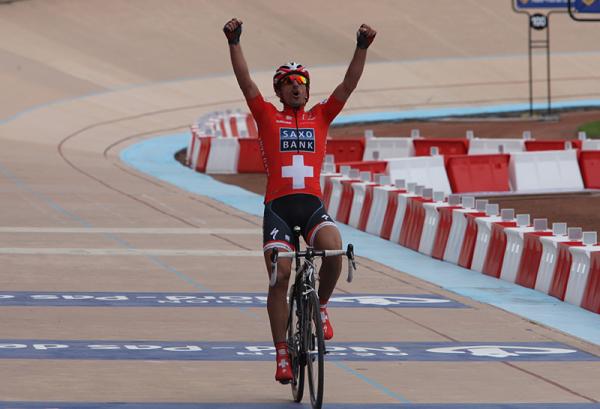
Paris-Roubaix is known as the Queen of the Classics and no other one day race showcases the best features of cycling, with a thrilling combination of strength, a brutal course, iconic scenery and a history of mammoth battles.
The 2011 Paris-Roubaix looks set to be another cracker, with a tougher course, more cobbles and plenty of teams and riders coming into the race with a point to prove.
The 2011 edition will have 27 sections of cobbles, spread out through the 256.5 kilometre race. The organisers have changed the event's parcours from 2010, including five new cobblestone sectors, three of which were part of the race in the 1980s and in 2005: Préseau, Aulnoy and Famars. The three sectors will directly precede the famous Trouée d’Arenberg section and should therefore add further difficulty and complexity to the race.
The first cobbled section comes at Troisvilles à Inchy, after 98 kilometres of racing and only has a rating of two stars.
The star system indicates the difficulty of the cobbles sections and stars are awarded by Christian Prudhomme and Jean-François Pescheux, race organisers of the Tour de France, and while the Troisvilles à Inchy should see the bunch fighting for position it shouldn’t have any lasting effect on the bunch. It’s simply there to whet the riders’ and perhaps more importantly, the fans’ appetite for the sections that lie ahead.
In fact the first serious test comes the Aulnoy-lez-Valenciennes – Famars, after 142 kilometres. At 2,600 metres it’s one of the longest cobbled sections in the race and it’s quickly followed by four more energy-draining sets of stones.
Then comes perhaps the most iconic section of pave, Trouée d’Arenberg (Forest of Arenberg), which has a rating of five stars. The scene for so many memorable moments the fight for position at this stage is critical and while it comes too early in the race for the favourites to win the race, they can certainly lose it here. The riders will enter the forest at speeds close to 50kph, and will be strung out along the centre of the stones. If it rains then the cobbles will become increasingly slippery.
But perhaps what’s even more dangerous is the turn out of forest. As riders leave the cobbles they often turn around to see the carnage behind and Matthew Hayman (Team Sky) told us last year that it’s at this point in the race that concentration can drift and crashes occur.
Furthermore, two completely new sectors have been found that will immediately follow the Arenberg: the sector of Millonfosse (1.4 km) and another 1.1km-long stretch between Brillon and Tilloy. The latter section has, according to the organisers, fairly even stones and should therefore be raced at high speed.
The inclusion of the three hard sectors before the Arenberg and the insertion of Millonfosse after it means that the riders will have to change their approach to the key sector which has often been so decisive. Millonfosse will be added just four kilometres after Arenberg, when in the past the next sector was ten kilometres away.
Mons-en-Pévèle, after 209 kilometres with over 50 kilometres to go is the longest section in the race and also has a five star rating. It’s where Fabian Cancellara blew the field away last year and although it’s followed by four short sections, by now the riders will be feeling each stone as they head closer to the velodrome.
At the sector between Cysoing and Bourghelles, the race enters what should be the most critical phase with four sections within the space of ten kilometres. Cysoing – Bourghelles is just 1,300 meters in length but is one of the hardest sectors due to the severity of the stones on the road and from there the riders will have less than a kilometre before the sector to Wannehain. Although slightly easier and shorter it offers little respite and although the leading riders will be down to less than 20, positioning will be crucial as the Camphin-en-Pévèle and Le Carrefour de l’Arbre sectors are two of the most gruelling in the race.
Le Carrefour de l'Arbre is of course one of the sectors that defined the 2009 race as Boonen dispatched his companions and several contenders crashed out of contention.
Can Cancellara Bounce Back?
The question on everyone’s lips at last weekend’s Tour of Flanders was whether anyone could stop a rampant Fabian Cancellara. However Flanders proved that Superman was indeed human and if anything it took only a missed feed station and some determined riding from BMC and some of the other favourites to stop him.
However, as defending champion, and having still finished second in Flanders, he will again start Paris-Roubaix as the man to beat.
His biggest challenge should in theory come from Belgian Tom Boonen, who has won the race on three separate occasions (2005, 2008, 2009). He finished a distant fifth last year but showed in Gent-Wevelgem that he still has the legs and desire.
After their strong collective effort in Flanders, BMC will also be in the hunt. In Alessandro Ballan and George Hincapie, they have riders who have finished on the podium in Paris-Roubaix and the Italian looks to be nearing his best after two poor seasons.
And don’t rule out Sky, who with Juan Antonio Flecha, Edvald Boasson Hagen and Hayman have the firepower to cause everyone problems.
Rabobank and HTC-Columbia should also play a part, as should Peter Sagan who will be looking to impress after a crash ruined his chances in Flanders.
Finally, Garmin-Cervelo head into Paris-Roubaix needing a result. With Thor Hushovd, twice a podium placer, they have a rider capable of both attacking and winning a sprint.
The Sections
27 98 Troisvilles à Inchy (length - 2.2km)
26 104.5 Viesly à Quiévy (1.8km)
25 107 Quiévy à Saint-Python (3.7km)
24 115.5 Saint-Python (1.5km)
23 119.5 Vertain à Saint-Martin-sur-Écaillon (2.3km)
22 126.5 Capelle-sur-Écaillon à Ruesnes ( 1.7km)
21 142.5 Aulnoy-lez-Valenciennes - Famars (2.6km)
20 146 Famars à Quérénaing ( 1.2km)
19 149 Quérénaing à Maing (2.5km)
18 152 Maing à Monchaux-sur-Écaillon (1.6km)
17 164 Haveluy à Wallers (2.5km)
16 172 Trouée d’Arenberg (2.4km)
15 178.5 Millonfosse à Bousignies (1.4km)
14 183.5 Brillon à Tilloy-lez-Marchiennes (1.1km)
14 186 Tilloy à Sars-et-Rosières (2.4km)
13 192.5 Beuvry-la-Forêt à Orchies (1.4km)
12 197.5 Orchies (1.7km)
11 203.5 Auchy-lez-Orchies à Bersée (2.6km)
10 209 Mons-en-Pévèle (3km)
9 215 Mérignies à Avelin (0.7km)
8 218.5 Pont-Thibaut à Ennevelin (1.4km)
7 224 Templeuve - L’Épinette (0.2km)
7 224.5 Templeuve – Moulin de Vertain (0.5km)
6 231 Cysoing à Bourghelles (1.3km)
6 233.5 Bourghelles à Wannehain (1.1km)
5 238 Camphin-en-Pévèle (1.8km)
4 241 Carrefour de l’Arbre (2.1km)
3 243 Gruson (1.1km)
2 250 Willems à Hem (1.4km)
1 256.5 Roubaix ( 0.3km)
Get The Leadout Newsletter
The latest race content, interviews, features, reviews and expert buying guides, direct to your inbox!
Latest on Cyclingnews
-
‘That first sector, it's just bodies falling’ – Oscar Chamberlain soaks up debut Paris-Roubaix while providing spark of hope for Australian resurgence
One of just three riders from nation lining up to take on the brutal cobbled test, the second-youngest rider in race is first Australian across line in 82nd place -
USA CRITS: Michael Garrison wins Rock&Road Criterium well ahead of Lucas Bourgoyne
Shannon Koch leads trio of Kingdom Elite riders for sweep of women's podium in Newnan, Georgia -
The highs and lows of Paris-Roubaix: Rory Townsend makes the break for Q36.5 as Joey Pidcock rolls in last
Doug Ryder's squad experienced all the emotions at the Hell of the North -
Fred Wright overcomes Shimano Di2 crash mode, avoids late wrong turn to grab Paris-Roubaix top 10
Briton says his next goal will be 'working out how to not be the best of the rest' after career-best finish
